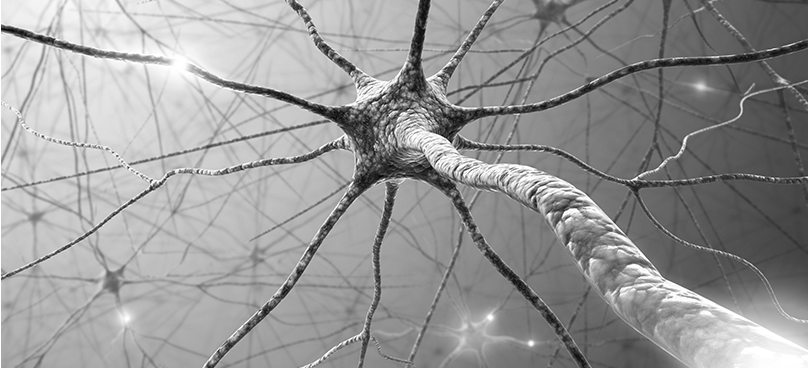The rise of computer & data storing technologies, have given birth to the area of research commonly known as Machine Learning and more broadly speaking Artificial Intelligence.

Like many new scientific fields, its novelty associated with its early industry adoptions has led to much creativity but also a lot of misuse which EQRC has been specializing in exposing and presenting alternative solutions for. More specifically EQRC has been specializing in backtesting methodologies as well as exposing through the weighing of the probabilities whether a signal has legitimate value or whether we are dealing with a signal with apophenic potentially.
Born in what is speculated as a heated supervisor/supervise relation, the Kolmogorov- Arnolds superposition theorem is perhaps the most remarkable result in formalised mathematical machine learning of the 20th century. It states that every multivariate continuous function can be represented as a superposition of continuous functions of two variables. First designed to address Hilbert’s thirteenth problem that he presented in Paris in a mathematics conference in 1900, the theorem ended up being a generalisation of what was considered one of the top 23 most important problem as defined by Hilbert, one of the most influential mathematicians of the 20th century. The results were later translated into Neural Networks and popularised thanks to Deep Learning.

The first phase of any backtesting exercise is the hypothesis specification and the determined time and ressource investment to properly test this hypothesis.

The second phase of a backtesting exercise is to investigate quality of data. That by itself can be a tedious stask which is nevertheless necessary.

The 3rd phase consists of the hands on programer getting locked into the exercise in which cost of strategy along with proper simulation are performed.

Before potential deployment, it is important to analyse to what extend the results of the backtest correspond to the hypothesis from first phase.
HFTE: We propose in this model that the oscillations of the HF markets are due to the interactions of the different strategies designed by the market participants. More specifically, we propose that these oscillations are similar but not equivalent to some phenomenon usually associated to Evolutionary Dynamics & Predator Prey models. In order to test our hypothesis we have proposed a Neural Network which we proved is able to model HFT strategies known to the market participants. More specifically we have illustrated how it can achieve the Trend Following, the MLR and the XOR strategies. This model is then randomly sampled at inception in this swarm market and a simple genetic algorithm allow us to study the market and its participants through time. (first paper download and latest paper download links).
UTOPE: The financial industry is at the heart of our economy and fittingly comes under much scrutiny. Indeed, as a result of social and political pressure, particularly since the recent subprime crisis, more rigorous regulations have been imposed on both “authorized firms” and “approved persons” via the SEC and the FSA. It is hoped that these restrictions will continue to secure fair and honest practices within the industry, as well as restoring the public’s confidence in bankers. This article will outline one risk that institutions like the SEC and the FSA have not regulated heavily enough but must address promptly if trust in them is to be preserved. This is the Unfortunate cosT Of Pattern rEcognition (UTOPE), technically known as apophenia (first paper download link).
Wether it is for strategy building or for decipher pattern for any purposed, the backtesting exercise is currently sold in the scientific community almost as an exact science however backtesting when it comes to Financial Strategies is an open problem in quantitative Finance which does require a lot of human and computer interaction.

John F. Kennedy would describe us as the most extraordinary computer of all. However this claim with the co-arrival of Big Data and advances in the field of applied probability, statistic & pattern recognition is currently under siege for many applications that EQRC is focusing on.
These projects are usually highly confidential and unique in design. Please contact us for more information.